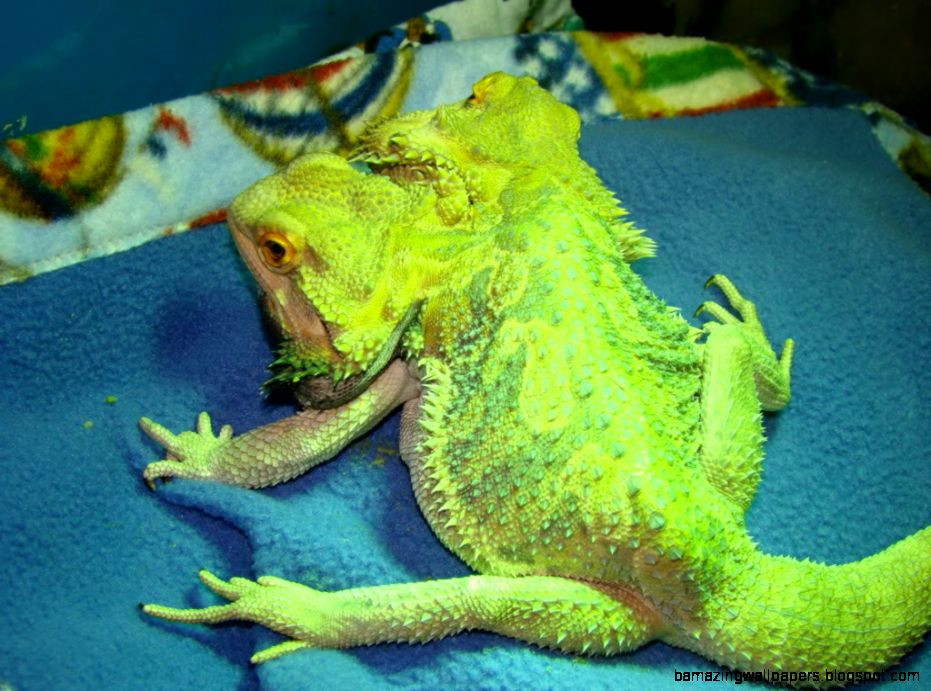Bearded Dragon Hibernating: Everything Beginners Need to Know
Introduction
Bearded dragons are a popular pet reptile, known for their charming personalities and easy upkeep. However, if you’re new to owning a bearded dragon, you may not know that they have a unique hibernation process. This process can be quite alarming to inexperienced owners who aren’t familiar with the signs that their bearded dragon is about to go into hibernation. But don’t worry! This article contains everything you need to know about bearded dragon hibernation, especially if you’re a beginner.
What is Bearded Dragon Hibernation?
Bearded dragon hibernation is a natural process that occurs during colder months, replicating the reptile’s natural brumation state in the wild. Brumation is not the same as hibernation, although they have similar symptoms. During hibernation, the bearded dragon’s body temperature, metabolism, and activity levels decrease dramatically, enabling them to conserve energy until the warmer months return. It’s worth mentioning that not all bearded dragons hibernate; this is dependent on factors such as age, health, and location.
Signs of Bearded Dragon Hibernation
One of the most important things to remember about bearded dragons and hibernation is that they will only go into hibernation if they are ready. You can’t force your bearded dragon to hibernate if they aren’t ready. With that said, here are the most common signs that your bearded dragon is about to enter hibernation:
- Decreased appetite
- Lethargy or sluggishness
- Weight loss
- Irregular or reduced bowel movements
- Cold skin to the touch
- Darkened beard and/or skin
It’s essential to monitor your bearded dragon frequently, and if you notice these signs, take them to a veterinarian who has experience treating reptiles.
Preparing for Bearded Dragon Hibernation
If your bearded dragon is displaying the signs listed above and appears to be ready for hibernation, there are some steps you should take to ensure their safety and well-being:
- Ensure that their habitat is clean
- Provide a shallow water dish (about 1-2 inches deep)
- Reduce the temperature in their enclosure gradually
- Provide minimal lighting in their enclosure (a maximum of 6 hours a day)
- Offer them a place to burrow and take shelter
It’s essential to note that you should not put your bearded dragon in the refrigerator (or any other cold area) as this could lead to serious health issues. Always keep them in their habitat, which should be a dimly-lit place that keeps them warm.
Ending Bearded Dragon Hibernation
Once spring arrives, and the temperatures begin to warm up, it’s time to end your bearded dragon’s hibernation. To do so:
- Gradually increase the temperature in their enclosure
- Increase the lighting duration to around 12 hours per day
- Offer fresh vegetables and insects
- Monitor closely for any signs of illness or stress
Keep in mind that after emerging from hibernation, your bearded dragon may be disoriented and hungry. It’s essential to take things slow and be patient as they regain their energy and get back to their normal selves.
Conclusion
Bearded dragon hibernation can be challenging, but it’s necessary for your pet’s health and well-being. Make sure to monitor closely and seek veterinary care if necessary. With proper care, your bearded dragon can emerge from hibernation, full of energy and ready to enjoy the warmer months ahead.








